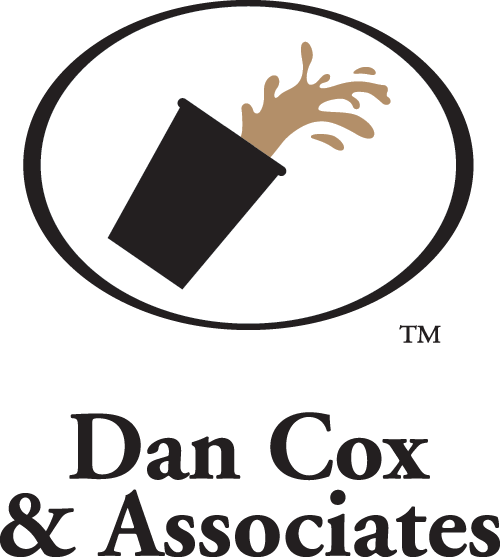Will the UC Davis Coffee Temperature Study Impact Hot Beverage Burns?
Can coffee brewed at lower temperatures increase hot beverage safety while still producing a great cup of coffee?
UC Davis recently answered this question in a study on brew temperature’s effect on the sensory profile of drip brew coffee. The study, published in the journal Nature Research, showed that the SCA Golden Cup Standard could be maintained using water at slightly lower temperatures than the narrow range prescribed by the SCA’s brewing best practices.
We strongly support this type of research and commend UC Davis for making available the results of a rigorous study that quantifies the effects of brewing parameters. But as hot beverage safety experts, we see a need to challenge one key finding from the study. The research states that “a potential benefit from these results is that lower brewing temperatures offer increased consumer safety”—and this unqualified and incorrect statement lands the researchers in hot water.
The study’s focus
It’s important to note that this study was primarily focused on taste, and not on exploring whether coffee could be brewed at “safe” temperatures.
The primary question researchers set out to answer was whether a lowered brew temperature would affect the taste of brewed coffee. Researchers concluded that an equivalent cup of coffee, measured by extraction yield and brew strength (in total dissolved solids) could be maintained using slightly lower temperatures when many of other variables in the brewing process were changed to control extraction.
However, the total temperature variation tested in the study was just 6°C (11.8°F). Researchers tested brew strength at 87°C, 90°C, and 93°C (188.6°F, 194°F, and 199.4°F). The two highest temperatures tested fell within the temperatures previously specified in the SCA’s best practices for brewing, 93 °C ± 3 °C (200 °F ± 5 °F), developed by Earnest Lockhart in the 1950s and still used as the accepted brewing range for both commercial and consumer brewing equipment.
As experts in hot beverage burns, we assert that this slight difference in water temperature is negligible in relation to the potential for injury, and does not make the coffee fundamentally “safer.” While lower temperatures do reduce the risk of injury, the temperatures studied are still very dangerous and require great care to prevent injury. The lowest fluid temperature tested, 87°C (188.6°F), still has sufficient heat energy to cause serious burns if spilled in any sizable volume and held in contact with the skin.
Hot beverage burns
It may be helpful to review some basic information about burns and scalding from hot water. The severity of a burn is determined by a combination of temperature, volume, age of the victim, area on the body, exposure time, and the type of clothing that traps a burn against the skin.
Most adults will suffer a third degree burn when exposed to water at a temperature of 65.6°C (150°F) for just two seconds. Lower the water temperature to 60°C (140°F) and burns will still occur in about six seconds. Even at 54.4°C (130°F) some level of burning can occur when exposed to water for 30 seconds or more.
Hot beverage handling best practices are still needed
Ultimately, a cup of hot coffee brewed at the lowest temperature tested 87°C (188.6 °F) may minimally lower the degree of severity of a spill burn compared to the highest possible temperature within the range of current best practices 96°C (205 °F)—but these slightly lower temperatures are nowhere near a “safe” temperature. Restaurants, airlines, and hospitality outlets will still need to be extremely careful, train their staff well, and follow best practices for hot beverage handling, including using quality cups and lids, never holding a cup by the lid, adding condiments before serving, and using a verbal warning to cue the customer that their drink is hot.
By weighing in on the continued need for safe handling of beverages at the researched brewing temperatures, we hope to protect consumers and businesses by ensuring that each cup of coffee is as safe as it is delicious.
